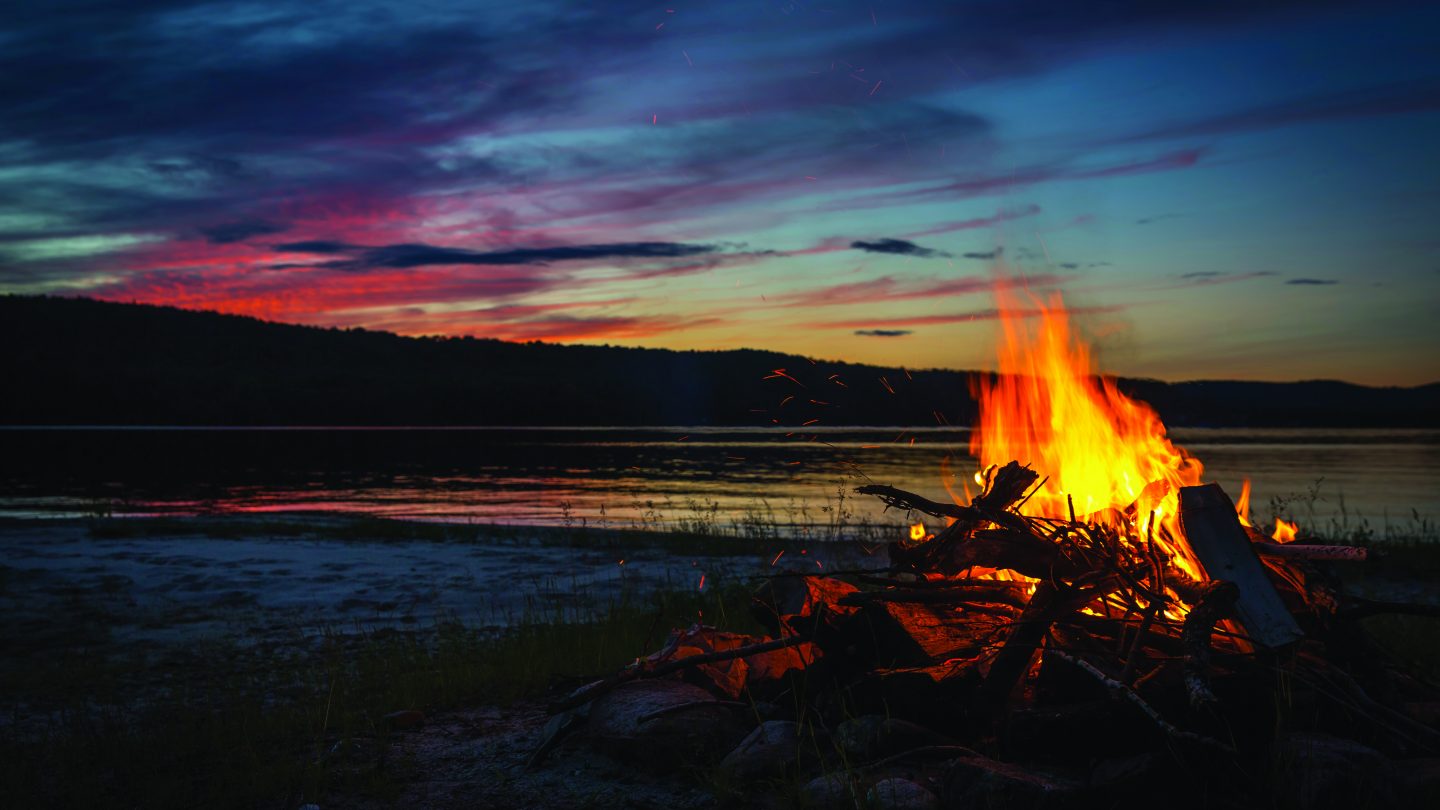“No law, no decision, nothing of any kind will be agreed by this council that will harm the children, seven generations to come… There is a simplicity and elegance to this pledge that cuts across our polished cynicism.”
Years past, during one of the visits to my Native American teachers, on a very cold, frosty night, my mentors shared a fragment of their immense wisdom with me. I was led along a path that slowly contour ed a small wooded hill and ended by a fire. I could see the flames darting, curving, spiraling; offering thousands of tiny suns to the unknown darkness beyond.
‘Sit here, Mac. We wish to speak with you about something important’.
It was on this occasion that I first heard about the Children’s Fire and since that time it has become the cornerstone of my thinking about leadership. That night they shared a history: how many hundreds of years ago elders of their people, wise women and men, had met around a similar fire to find an answer to a profound question; “How shall we govern our people?”
One of the great challenges that these elders faced in finding an adequate answer was the complex relationship between the short and long-term needs of their community: they understood that actions yielding immediate benefits might not always serve the interests of the tribe in the long run.
They recognised that the children represented the tribe’s capacity to survive into the future and they also knew themselves as relatives to everything in existence. They let nature be their guide; they listened and they waited for wisdom until they had words for their new understanding. They made a pledge to their people and to life: ‘No law, no decision, no commitment, no action, nothing of any kind will be permitted to go forth from the council that will harm the children, seven generations to come.’
They had understood the necessity of ensuring that the leaders always sought to secure a safe future by testing every major decision against the future wellbeing of the children. Knowing the power of symbolism, the chiefs ordered that a small fire be kindled in the centre of their council gatherings — the Children’s Fire. This fire would be a living reminder of their pledge to hold the children in their hearts as they lead their people.
And who are the children? The myopic cultural mind we usually deploy tends towards the obvious and the convenient. At full stretch, and assuming no troublesome trade disputes, squabbles over territory, irksome cultural differences, or covert jealousies, theoretically and with certain caveats, we might extend our generosity to include all human children. This definition doesn’t even approach the depth, insight, and compassion of the Children’s Fire pledge. For them ‘the children’ included the young of all kind; the universally vulnerable youth of all life forms. In this way the council chief’s pledge stated that we have a duty of care to all living things. There is a simplicity and elegance to this pledge that cuts across our polished cynicism.
The indigenous people from whom this wisdom emerged were not troubled by the paradox of their reliance on animals to provide them with food, clothing, tools, and shelter. They accepted that al l life feeds and depends upon other life forms. Faced with the insatiable hunger of corporation shareholders, rampant consumers, and insecure politicians who work to five-year manifestos, we might more readily find our way to a secure and sustainable future if we paused a moment and listened to those who in times past considered the challenges we now confront with a deeper understanding of the interconnectedness and interdependence of all life.
Tim is an author and coach; he was mentored by a group of ‘metis’ Native Americans for twenty years. His current writing project, Beyond Hope, explores the wisdom he received during his training.






